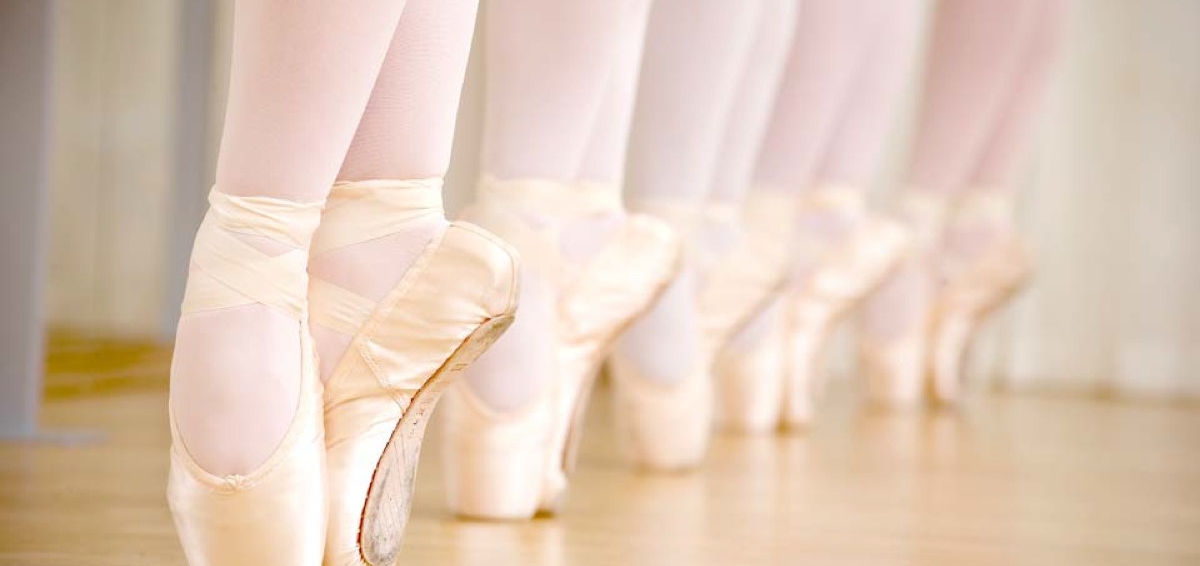Physical activity has long been associated with having several psychological benefits. Being active releases chemicals called endorphins, which are responsible for increasing self esteem, reducing stress, and providing a natural energy boost. Dancing, which is a form of personal expression, helps individuals struggling with mental health by reaping the benefits of physical activity while also boosting creativity and memory. As someone who has danced for years, movement is a way for me to boost my creativity and expression while strengthening not only my body, but also my mind in the process.
According to the National Library of Medicine, “Dance movement practice (DMP) is a type of art therapy that has been entrenched in modern culture for 70 years. Dance provides benefits for participants that are both personal and independent. […] Further benefits include defining and consolidating body image; illuminating the ego; providing relief of physical tension, anxiety, and aggression, while decreasing cognitive and kinesthetic confusion” (Tao et al., 2022). The article states that dancing provides multiple psychological benefits, all of which provide the capacity to support those who are dealing with mental health struggles and disorders.
Free-Flowing Dance
There are several categories of dance, all of which are attributed to their respective benefits. Free-flowing dance is a less structured form of movement which allows for individuals to practice personal-expression and creativity through their bodies. According to an article by Verywell Mind (2021), free-flowing dance provides many mental health benefits. In a UCLA health study, a survey was conducted on 1000 dancers who had depression, anxiety, or a history of trauma. The results concluded that 98% of the dancers stated that dancing improved their mood and gave them more confidence and compassion.
Synchronized Dance
Synchronized dance is an art form where individuals move in tandem with each other, allowing them to feel connected through dance. Verywell Mind (2021) also states that synchronized dancing can help people become closer and foster friendship. In the referenced research study, conducted in Brazil, researchers were investigating the effect of endorphins on pain. When participants danced, chemicals called endorphins were released which helps humans bond and feel closer. The study concluded that the participants that were dancing with the most synchrony had a higher pain threshold, and bonded with each other greater than the other participants.
Dancing has many social benefits, which can be attributed to gaining positive mental health. According to Healthline, dancing is an inclusive activity. “One of the greatest things about dance is that anyone can participate. If you’re able to move, even if it’s only your upper body, you can dance.” (Lindberg, 2019). The inclusivity of dance is the biggest factor in what prompts dancers to build connections with others. Individuals can connect through dance, whether it’s from a small dance party or a weekly Zumba class. The article also states that dancing is good for social and emotional health. Fostering relationships with others is one of the greatest parts of being human, and dance builds room for connections to grow and mental health to thrive.
Dance is an activity that has been present for centuries – it is an art form that is appreciated in every corner of the world and is celebrated in different ways. Whether it’s Bollywood, belly dancing, ballet, or Zumba, dance offers people a way to connect as well as a way to improve their mental and physical health. The next time you feel like working up a sweat, try turning up the radio twirling on your feet. Dance is one of the most beautiful ways of human expression, and it can show its beauty not only through physical fitness, but also by celebrating the growth of the mind and the relationships that come with it.
References:
Tao, D., Gao, Y., Cole, A., Baker, J. S., Gu, Y., Supriya, R., Tong, T. K., Hu, Q., & Awan-Scully, R. (2022, June 13). The physiological and psychological benefits of dance and its effects on children and adolescents: A systematic review. Frontiers in physiology. https://www.ncbi.nlm.nih.gov/pmc/articles/PMC9234256/
Field, B. (2021, November 18). How dancing helps your mental health. Verywell Mind. https://www.verywellmind.com/how-dancing-helps-your-mental-health-5206963
Lindberg, S. (2019, May 10). Benefits of dance: 8 benefits for adults and kids. Healthline. https://www.healthline.com/health/fitness-exercise/benefits-of-dance#takeaway
Image credit: The Arts Garage LWHS
Note: The Free Your Mind Mental Health Society is an independent youth-led organization. The contents of this blog are not intended to be a substitute for professional medical advice, diagnosis, or treatment. Always seek the advice of your physician or another qualified health provider with any questions you may have regarding a medical condition. In the event of a medical emergency, please call your doctor or 911 or other local emergency numbers immediately.


